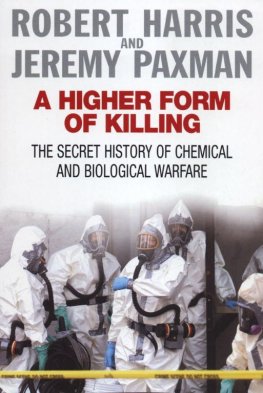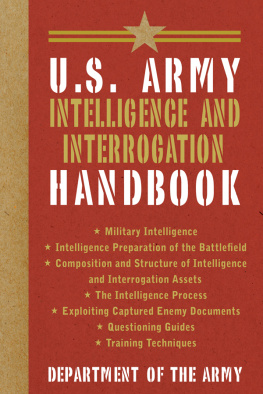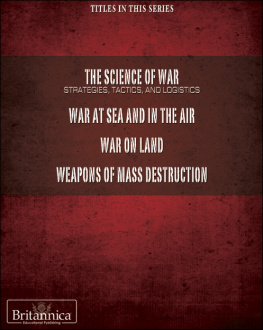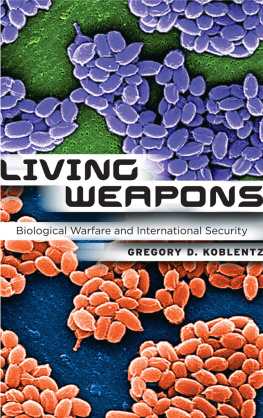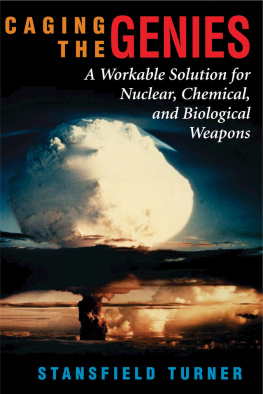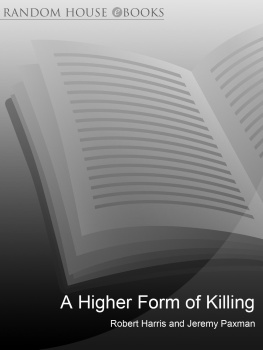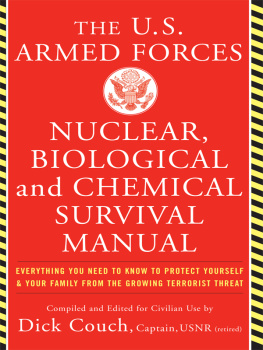Cover
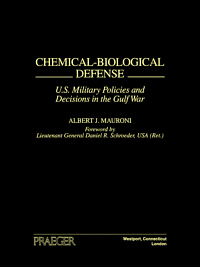
| title | : | Chemical-biological Defense : U.S. Military Policies and Decisions in the Gulf War |
| author | : | Mauroni, Albert J. |
| publisher | : | Greenwood Publishing Group |
| isbn10 | asin | : | 0275962431 |
| print isbn13 | : | 9780275962432 |
| ebook isbn13 | : | 9780313046438 |
| language | : | English |
| subject | United States--Defenses, United States--Armed Forces--Operational readiness, Chemical weapons--Iraq, Biological weapons--Iraq, Persian Gulf War, 1991, United States.--Army.--Chemical Corps, United States.--Army.--Chemical Corps, Chemical Warfare Agents--M |
| publication date | : | 1998 |
| lcc | : | UA23.M323 1998eb |
| ddc | : | 358/.3/0973 |
| subject | : | United States--Defenses, United States--Armed Forces--Operational readiness, Chemical weapons--Iraq, Biological weapons--Iraq, Persian Gulf War, 1991, United States.--Army.--Chemical Corps, United States.--Army.--Chemical Corps, Chemical Warfare Agents--M |
Page b-1
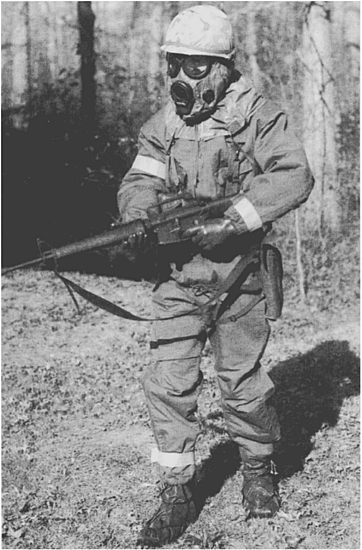
The 1980s combat soldier wore a Chemical Protective Overgarment with M9 detection paper circling his arms and one leg, butyl rubber gloves and fishtail boots, and the M17A2 protective mask. Courtesy of the U.S. Army
Page b-2

M43A1 Chemical Agent Detector and M42 Alarm with BA-3517 battery (together called the M8A1 Automatic Chemical Agent Alarm) was the worlds most sophisticated chemical agent detector in the field in the mid-to-late 1980s. Courtesy of the U.S. Army
Page b-3
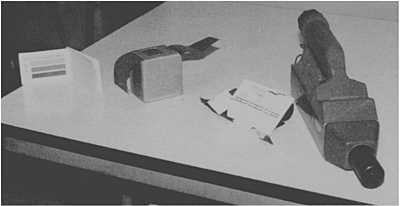
Book let of M8 detection paper, roll of sticky M9 detection paper, a M256A1 detector kit, and the M1 Chemical Agent Monitor (CAM) make up the basic chemical agent detection tools for the small combat units. Courtesy of the U.S. Army
Page b-4
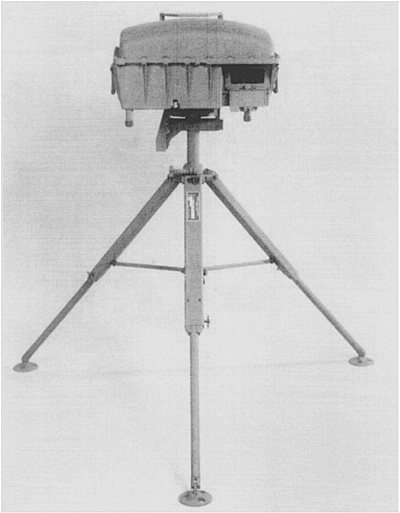
XM-21 Remote Sensing Chemical Agent Alarm (RSCAAL) detected chemical agent vapors up to five kilometers distant, but weighted nearly fifty pounds and could not detect agents on the move mounted on a vehicle. Courtesy of the U.S. Army
Page b-5
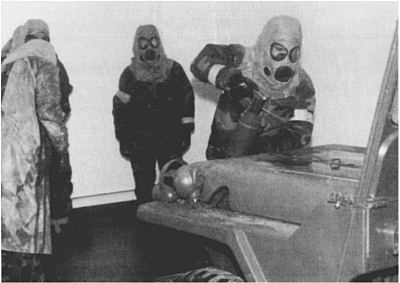
A trainee uses an M11 decontaminating apparatus to clean an agent-contaminated M151 jeep in the U.S. Army Chemical Schools Chemical Defense Training Facility at Fort McClellan, Alabama. Courtesy of the U.S. Army
Page b-6

An XM93 Fox NBC Reconnaissance System backs into a C5A1 cargo plane at Ramstein Air Force Base, Germany, on its way to Saudi Arabia. Courtesy of the U.S. Army
Page b-7
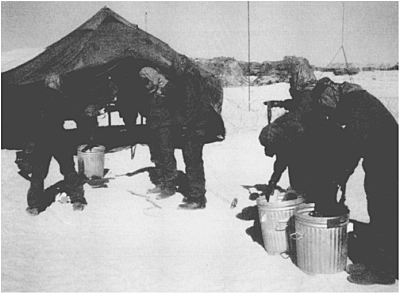
Soldiers in the 1st Corps Support Command, XVIII Airborne Corps, practice deconning their individual combat gear in a makeshift decontamination line. Courtesy of Major Shirley DeGroot
Page b-8
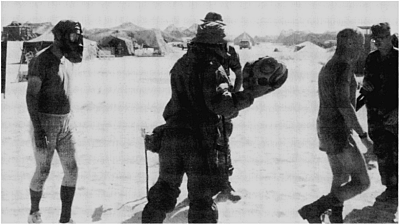
Then the soldiers in the 1st Corps Support Command strip off their contaminated clothing in a personal decon exercise. In an actual decon drill, they would don new protective gear or move out of the contaminated area. Courtesy of Major Shirley DeGroot
Page b-9
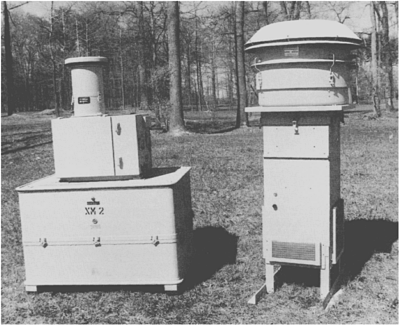
XM2/XM19 Biological Detection and Waring System. Each system stands about six feet tall. Courtesy of the U.S. Army
Page b-10
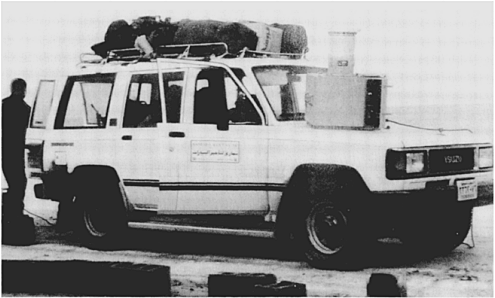
The Armys interim biological agent reconnaissance vehicle for the Gulf War was a leased Isuzu civilian truck with an XM2 Biological Sampler strapped to its hood. Courtesy of the U.S. Army
Page b-11
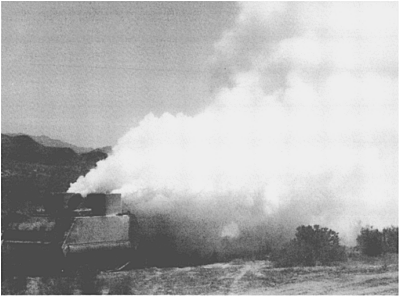
M1059 mechanized smoke generator system lays down a dense white screen at the National Training Center, Fort Irwin, California. Courtesy of the U.S. Army
Page b-12
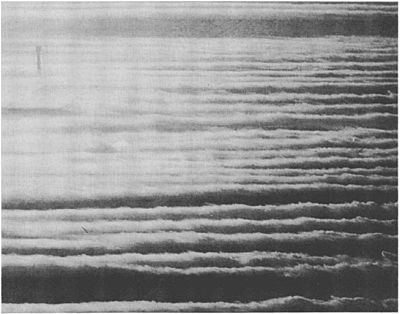
Smoke covers King Fahd International Airport, generated by seventy-two smoke generators on thirty-six HMMWVs. Notice the control tower jutting out of the blanket of smoke in the upper left corner. Courtesy of the U.S. Army
Page b-13
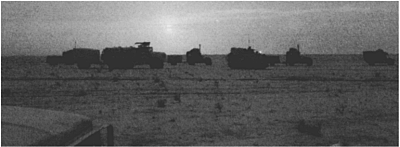
2d Chemical Battalion and mechanized smoke generator systems roll into Iraq, supporting VII Corps. Courtesy of Lieutenant Colonel Michael T.Brown
Page b-14

UNSCOM inspector takes a sample from one of Iraqs Scud warheads. Courtesy of the U.S. Army
Page i
CHEMICAL-BIOLOGICAL DEFENSE
Page ii
This page intentionally left blank.
Page iii
CHEMICAL-BIOLOGICAL DEFENSE
U.S. Military Policies and Decisions in the Gulf War
ALBERT J.MAURONI
Foreword by
Lieutenant General Daniel R.Schroeder, USA (Ret.)

Page iv
Library of Congress Cataloging-in-Publication Data
Mauroni, Albert J., 1962
Next page

